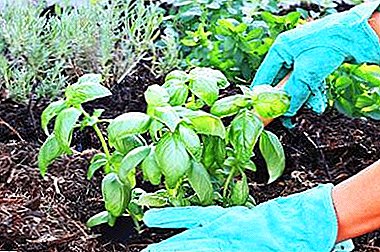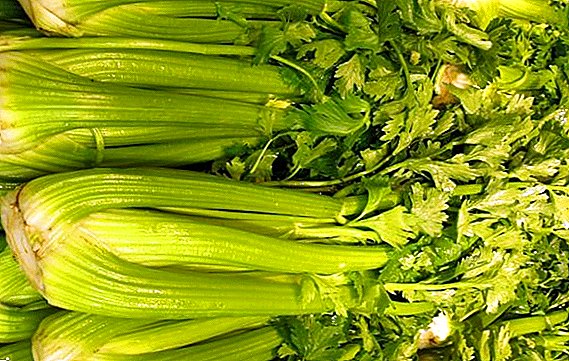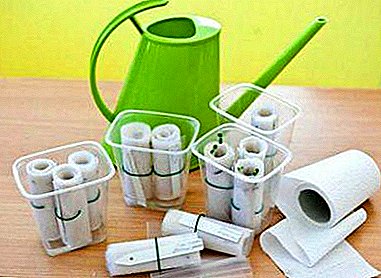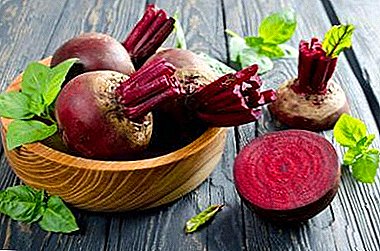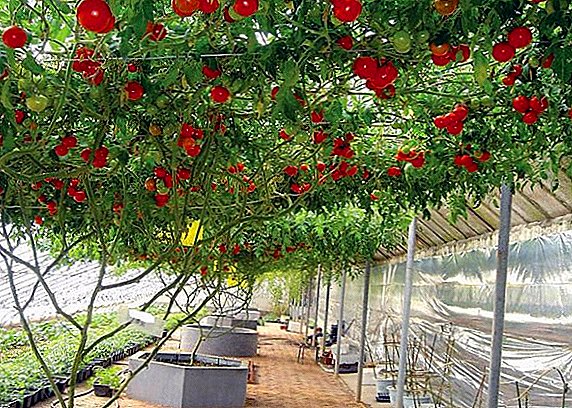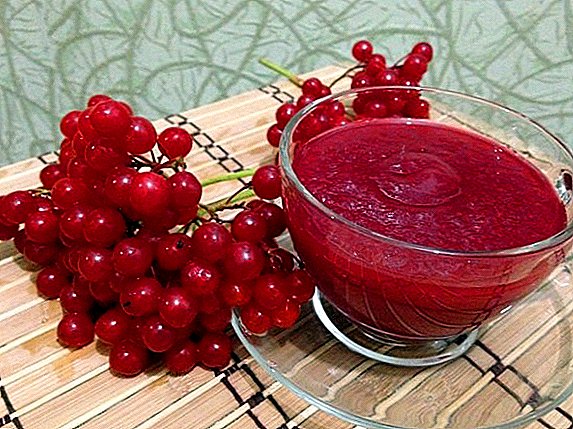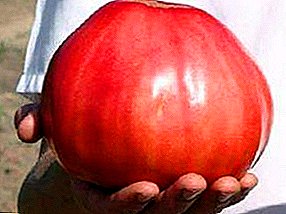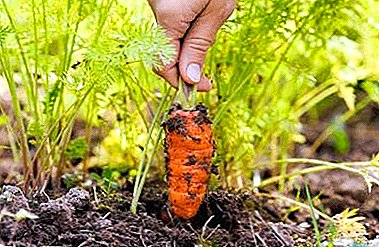
Carrots are one of the most popular root vegetables in the world. It is rich in vitamins and minerals that are good for health and have a pleasant taste. Salads, soups, side dishes and even desserts are made from this vegetable.
It is widely believed that storing carrots for a whole year is useless - half the crop will be lost. However, if you prepare the vegetable correctly and choose the right method of storage, the fruit will not deteriorate and will retain its taste.
Nontrivial method of storing carrots, used in the old days and having high rates of preservation of vegetables - just leave the roots in the garden. The article describes the technology of this original way of storing carrots for the winter.
Peculiarities of vegetable structure
Feature of carrots in its structure: thin peel, sensitivity to external influences. In case of an error, if the technology of sticking to storage is not observed, the roots quickly lose moisture, fade, and are affected by diseases.
The best for it will be the temperature of the earth near zero, the humidity of the environment - 95%. If the temperature is above zero, the biological rest of vegetables is disturbed.. Healthy ripe vegetables can be stored in the ground, without any mechanical damage or diseases.
Is it possible to save the root vegetable in the place where it was grown?
Since the carrot is a cold-resistant plant, it is possible to leave vegetables in the ground for the winter. When the snowy, mild winter beds with left root crops do not require additional warming, but if there are strong frosts, and the snow cover is low, then it is better to cover them.
 One of the methods of storing carrots is right at the place where they were grown: in the fall, when it was time to harvest, leave a part of the root crops in the garden, not digging it out, or lay it in an earthen pit.
One of the methods of storing carrots is right at the place where they were grown: in the fall, when it was time to harvest, leave a part of the root crops in the garden, not digging it out, or lay it in an earthen pit.
The method of storage in the ground can be applied if:
- Vegetables are ugly, but there are no conditions for storage.
- No time to collect and process the crop.
The method has disadvantages:
- if the winter is snowy, then you will not be able to dig up the carrots until the snow melts;
- if the carrots are left on the garden, then storage occurs "blindly" - the quality of the vegetables is not known, it is impossible to sort them out;
- the crop may be damaged by both wintering pests and rodents.
Carrot varieties to be stored
For storage in the ground, suitable bedrock varieties with improved cold resistance, adapted to the adverse climate. You should be guided by the term of ripening of the root, the content of carotene, sucrose.
Well kept in the garden or in the earthen hole until the next planting season such varieties:
- "Nantes" ("Nantes Semko F1", "Nantes 4").
- "Moscow Winter".
- "Incomparable".
- "Chantenay".
- "Cascade of Autumn".
- "Cardinal".
- Losinoostrovskaya-13.
- "Gross".
- "Favorite".
- "Vorobiev".
Selecting carrot seeds for cultivation for storage in the ground, you need to take into account the terrain feature. Many zoned varieties are bred specifically for certain climatic zones.
Peculiarities of hibernation of root crops
The method of storing carrots in the ground does not require special storage.. Before laying vegetables for winter storage, you should examine the area where the roots will winter.
 Given the requirements for this site and the characteristics of storing carrots in the ground, it is recommended to follow the rules:
Given the requirements for this site and the characteristics of storing carrots in the ground, it is recommended to follow the rules:
- The place should not be flooded with water, especially in spring in heavy rainfall.
- The thickness of the covering layer should be made sufficient to protect the ground from freezing.
- Protect from the onslaught of rodents.
- The soil must be healthy, without soil diseases, not contaminated by medvedka, wireworm and other pests.
- Leave for the winter should be healthy, high-quality vegetables.
- The selected plot should not interfere with spring work in the garden.
How can you save the harvest before spring buried?
If the decision is made, then all or part of the crop can be left to winter in the ground.
Work can be done in late autumn. If there were small frosts, then for root vegetables it is not scary. By winter, carrots will accumulate a lot of sugars, and its taste will only improve.
There are two ways to store vegetables in the ground.:
- on the bed;
- in an earthen pit.
On the garden bed
Consider step by step how to keep carrots in the garden:
- First, clear the area with growing carrots from weeds.
- Wait until the green part of the plant dries or dies out. If the tops remain green, and the frost is soon, it needs to be cut off, leaving 2-3 cm and taken out of the garden. Leaving the tops in the roots is not recommended, it can rot, as carrots start to deteriorate from the bottom.
- Planks are put on top of the prepared beds, or they are sprinkled (not by a thick layer - 2-3 cm) with wet coarse sand.
 Sand, already on the eve of severe frosts, can be covered with black plastic wrap.
Sand, already on the eve of severe frosts, can be covered with black plastic wrap.- A layer of mulch is poured on the board or film to insulate the beds. To do this, you can take straw, mowed grass, hay, peat, sawdust or humus.
- Mulch beds are covered with film again. Under the film put ruberoid. They will save carrots from a cold snap.
- Cover materials with a heavy load to fix, and in winter they were not blown away. Fallen snow will create additional protection.
In the ground pit
This method involves the preliminary digging of vegetables, preparing them for laying in storage.
Procedure for preparing carrots:
- Root crops dig up using forks, without shaking and not throwing on the ground. Rough mechanical impact causes damage to vegetables in the form of microtraumas, scratches. This affects the quality of storage.
- Dried crop dried in a ventilated place.
- Sort the dried up carrots, select even, not large fruits, without damage, while carefully removing excess land. Put aside the highly curved or thin copies - will be recycled.
- Cut the tops of vegetables, leaving no more than 2-3 cm of hemp.
Consider the technology of laying root crops in the earthen pit:
- A hole should be dug not less than 50 cm wide, 50 cm deep (or a meter in a harsh winter) and 35-50 cm if the soil does not freeze much. Without reaching the groundwater. But the length of the trench to determine the number of vegetables.
- Bottom to fall asleep with slightly wet coarse sand (should pour freely), or cover it with hay. You can tighten the grid with small cells from rodents. Such a "pillow" will protect the carrot from contact with the ground.
- On the sides of the pit, you can put the board.
- Lay the first layer of carrots in one of the ways: scattered or in bags, nets.
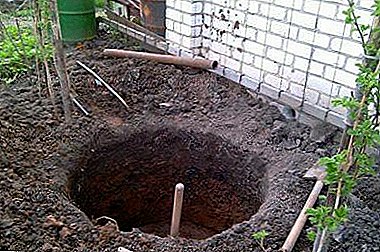 Top up with selected materials.
Top up with selected materials.- And so to the top, without reaching the edge of 15-20 cm.
- Pour the earth on the last layer of covering material. The thickness of the mound depends on the severity of winter. In severe frosts, the height of the ground layer must be at least 50 cm.
- The insulation is put on top: mulch, peat, sawdust, coniferous branches.
- The last you can put slate.
- Along the perimeter dig a trench with a water outlet.
For ventilation in the center of the pit you can put a wooden box.
Tips & Warnings
Careful preparation is important, but there is a danger that the vegetables will partially rot, or be eaten by pests.
Root Tips to Protect Rodents:
- If in the winter mice or hares strongly annoy and eat up vegetable stocks, install scarers or poison traps near the storage.
- Spruce or pine branches scattered around the perimeter will also scare off rodents.
Using a sandy environment when laying vegetables in the ground will help preserve the harvest:
- In a sandy environment, the evaporation of moisture from vegetables will decrease, and this will ensure a constant temperature in the earth storage.
- The accumulated carbon dioxide, which is allocated root vegetables in a sandy environment, will have a beneficial effect on the safety of carrots.
- The sand can protect against dangerous diseases of black, white and gray rot.
Part of the crop, which will continue until spring, will be distinguished by high consumer and taste qualities.
Vegetables dug out from a pit in the spring are not stored for long.. Therefore, it is desirable to get them from the repository immediately before use. In addition, by the second year, small suction roots appear on the roots, the carrot loses its taste properties, the strength goes to the flower stalks.
Having spent a minimum of efforts, having correctly organized storage of carrots in the earth, it is possible to receive fresh and crispy root vegetables in the spring on the table. Or, if necessary, digging vegetables from under the snow in the garden, use a useful product during the winter.


 Sand, already on the eve of severe frosts, can be covered with black plastic wrap.
Sand, already on the eve of severe frosts, can be covered with black plastic wrap. Top up with selected materials.
Top up with selected materials.